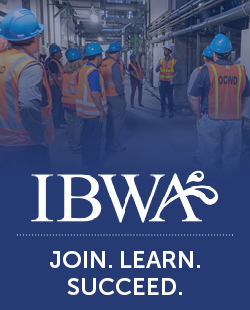Regulations
Regulations
- OTHER VIDEOS
- From Tap to Bottled Water (the process involved in turning municipal water into bottled water)
Water is essential for human life. Finding and distributing clean drinking water has been a challenge globally for many centuries.
Today, most consumers get their drinking water from three main sources:
- Bottled Water
- Tap Water (Municipal Water)
- Filtered Water (Home & Restaurant Filtration)
Water has varying characteristics depending on the water’s source. Water can be collected from surface sources such as rivers, streams, lakes, and glaciers. Water can also come from underground sources such as wells, springs, and aquifers.
Precipitation is another source of water, resulting from rain and snow, and it can also be made from sea water using desalination technology. Additionally, most water contains naturally occurring dissolved minerals and chemicals, which within set limits are safe to consume.
The bottled water industry is regulated on three levels: federal, state and trade association.
U.S. Food and Drug Administration (FDA) regulations, coupled with state and industry standards, offer consumers assurance that the bottled water they purchase is stringently regulated, tested and of the highest quality.The International Bottled Water Association (IBWA) has been a long-standing proponent of additional federal regulations for bottled water and is active at all levels of the local, state and federal government assisting in the development of such regulations.
Bottled Water Begins at the Source
The International Bottled Water Association illustrates the process its’ members products follow from the source to the consumers’ satisfaction. Federal, state and industry regulations guarantee safety and quality.
Step 1: Sources
- Protected underground springs
- Wells
- Municipal supplies
Step 2: Multi-Barrier Practices for Safety:
- Source protections
- Source monitoring
- Reverse osmosis
- Ultraviolet light
- Distillation
- Micron filtration
- Ozonation
Step 3: Federal Regulations
- Good Manufacturing Practices
- Bottled Water-Specific Good Manufacturing Practices
- plant and equipment design and construction
- sanitary facilities and operations
- production and process controls
- Quality Standards
- Labeling Standards
Step 4: State Regulations
States also conduct inspections of bottled water sources and facilities.
Step 5: Industry Regulations
The International Bottled Water Association maintains its own set of standards that are stricter than the FDA’s. All IBWA members are subject to an annual, unannounced plant inspection by a nationally recognized third-party organization.
At the end of this path, bottled water reaches its ultimate destination — Consumers


